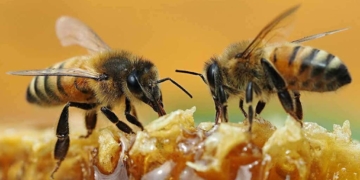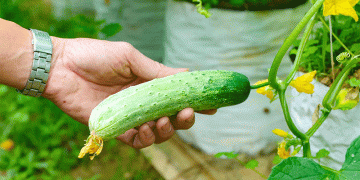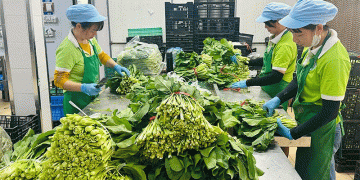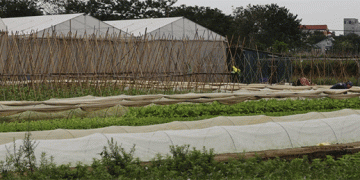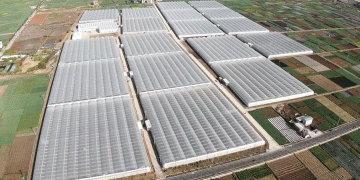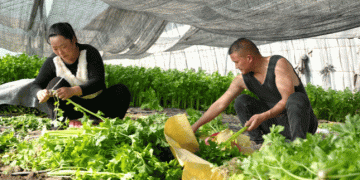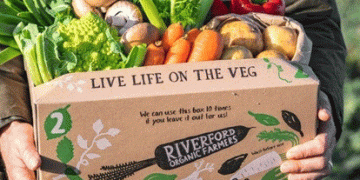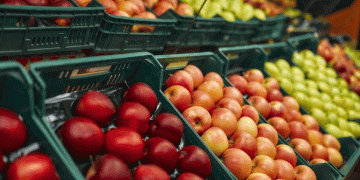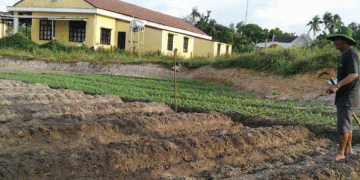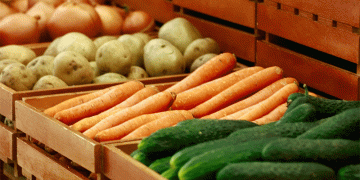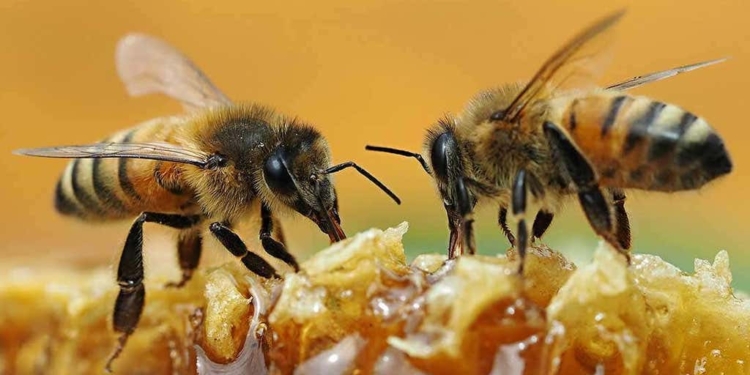The use of plant protection products is of great concern to those who are concerned about pollinating insects. It is worth debunking a few myths about the protection of plants that have been circulating for years among both beekeepers and farmers.
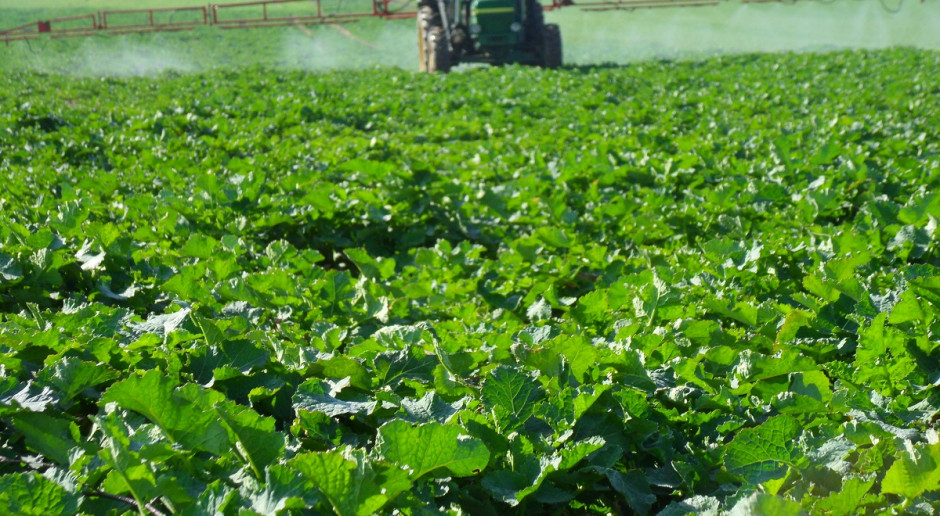
- Not all plant protection treatments are a threat to bees – some of them can also be safely performed during pollinator flights.
- The use of growth regulators or foliar fertilizers is dangerous for bees.
- Sometimes farmers are concerned that the application of protection products to plants covered with dew will reduce the effectiveness of the treatment – but this is not true.
Every spring, there is a lot of talk about poisoning bee colonies as a result of inappropriate use of plant protection products. Although most farmers are aware of the risks associated with incorrect use of insecticides in particular, there are also those who intentionally or unknowingly ignore safety recommendations, which sometimes ends up disastrously.
On the other hand, one can observe a kind of hysteria among beekeepers – in extreme cases, the mere sight of a sprayer in the field causes them great anxiety. Sometimes there are bizarre situations in which the farmer who sprayed in accordance with the regulations and common sense has been assigned the PIORiN control or even the police. It is therefore worth debunking the most important myths about the use of plant protection products circulating among beekeepers – but also among farmers.
Spraying only at night?
The first and most important of them is that performing any plant protection treatments during the day is not allowed. This is not true. On the contrary – some herbicides or growth regulators even require it to be used with high sun activity. However, such treatments do not pose a threat to pollinators.
We use growth regulators in cereals and oilseed rape in the period when neither the crop nor weeds are blooming, so pollinating insects are not interested in such crops. Regarding herbicides, the recommendations explicitly recommend that all weed species be controlled in the early stages of growth. The exception is couch grass which is sprayed when it reaches a height of 10-12 cm, but grass is therefore not a fertile plant, and the control itself is carried out in cereals.
In the event of a high secondary weed infestation, e.g. cornflower, cornflower or several species of poppy, when the weeds bloom, such weeds are not controlled anymore, as there are no registered measures for this. The sight of a sprayer in such a crop does not mean that you are using a herbicide, but rather foliar feeding.
Let’s not be afraid of foliar fertilizers
Also, we should not be afraid of the use of foliar fertilizers. Such fertilizers are absolutely not harmful to bees . These insects are very sensitive to vibrations. A tractor with a sprayer driving in the crop, or a self-propelled sprayer, causes soil vibrations which are perceived by these insects. While the vibrations near the hive evoke a defensive reaction of the nest and aggression in them, it is not for the better, they only scare them for a moment and fly away. To return to work after a while.
Another thing is that due to the risk of plant burns and better absorption of fertilizer, foliar fertilizers should be used best in the evening, but even their application at noon does not pose a threat to pollinators, at most for crops.

Spraying and dew
On the other hand, one of the myths circulating among farmers is that due to the presence of dew, treatments carried out in the evening are characterized by low effectiveness. This is not true: dew does not reduce the effectiveness of a chemical . On the other hand, it leads to the reduction of the spray rate from the standard 300 l / ha to 250 l / ha. The drops of liquid combine with the drops of dew, thanks to which we obtain a standard expenditure of the working liquid per ha and prevent it from dripping from the protected plant.
However, it is indisputable that the use of insecticides during the flight of bees is responsible for the poisoning of bees. In the case of this type of preparations (regardless of whether the treatment is performed in a flowering doe or not), spraying should be strictly performed after the bee flight, which ends at the current time of the year at the latest after 9 p.m.
